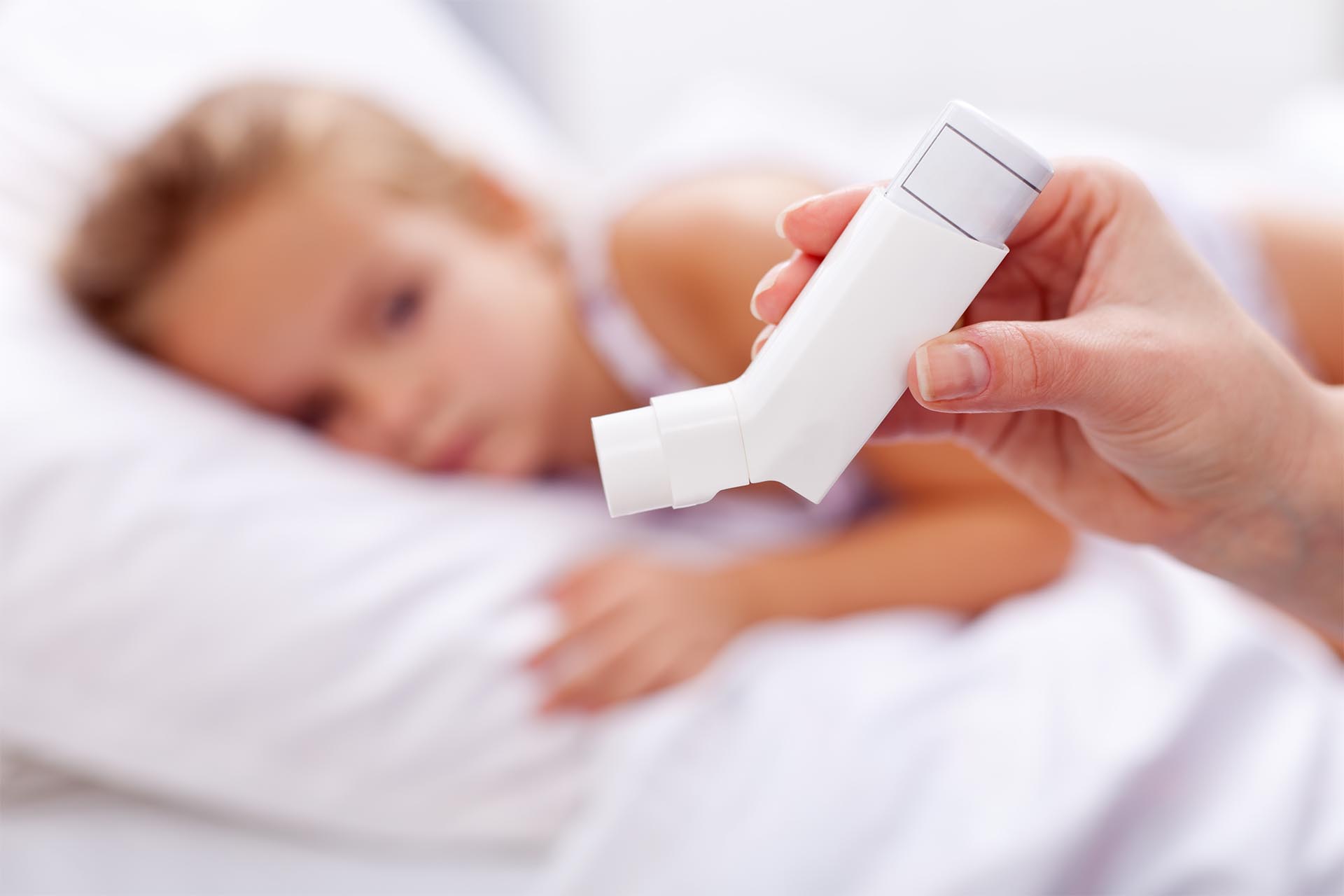• Differential abundance
• Immune response
What is already known on this topic
Unfavorable or insufficient microbial stimulation in early life, when the child’s immune system is maturing, has been linked to the development of asthma. Previous studies have looked for airway microbial signatures related to asthma, but they didn’t capture the complexity of the entire respiratory-tract microbiota.What this research adds
By studying the airway microbiota of 700 children, researchers found that kids who develop asthma by age six tend to have an increased microbial diversity and higher proportion of Veillonella and Prevotella bacteria than kids who don’t develop asthma. Higher abundance of Veillonella and Prevotella are also associated with increased levels of specific pro-inflammatory molecules in the airways.Conclusion
If confirmed, the results suggest a mechanism underlying the predisposition to asthma in early infancy.
The diversity and composition of the airway microbiota in early life could predispose to the development of asthma later in childhood, according to a new study.
The findings, published in Nature Communications, support the idea that specific bacteria may make kids more susceptible to asthma.
Several studies have shown that unfavorable or insufficient microbial stimulation in early life, when the child’s immune system is maturing, are associated with the development of chronic inflammatory diseases such as asthma. Many of those studies have looked for airway microbial signatures related to asthma, but they didn’t capture the complexity of the entire respiratory-tract microbiota.
Jonathan Thorsen at the University of Copenhagen and his colleagues set out to study the early-life airway microbiota of 700 children born to asthmatic mothers, and analyze the relationship between microbiota composition and asthma development.
Differential abundance
The researchers collected airway aspirates from children at age one week, one month, and three months. Then, the children were monitored for asthma development through follow-up visits during the first six years of life.
At one week of age, the children’s airway microbiota was dominated by Staphylococcus, Streptococcus, Moraxella, Haemophilus, and Corynebacterium. But after three months, the levels of Staphylococcus bacteria started to decrease, whereas those of Streptococcus, Moraxella, and Haemophilus increased.
At age one month, kids who developed asthma by age six tended to have an increased microbial diversity and higher proportion of Veillonella and Prevotella bacteria in the airways compared to kids who didn’t develop asthma.
In addition to Veillonella and Prevotella, other bacteria that could predict asthma by six years of age included Gemella, Streptococcus, and Lactobacillus.
Immune response
When the researchers looked at immune molecules from the airway lining, they found that higher abundance of Veillonella and Prevotella was associated with increased levels of specific pro-inflammatory molecules that are predictors for asthma.
However, because of the observational nature of the study, it’s unclear whether the presence of certain bacteria is a cause or a consequence of asthma. It also remains elusive how the airway microbiota contributes to asthma development and whether any bacteria-related effect could depend on the host’s genetic predisposition.
If future studies determine that specific bacteria can trigger asthma, manipulating the composition of the developing airway microbiota could help to prevent asthma in early life, the researchers say.









